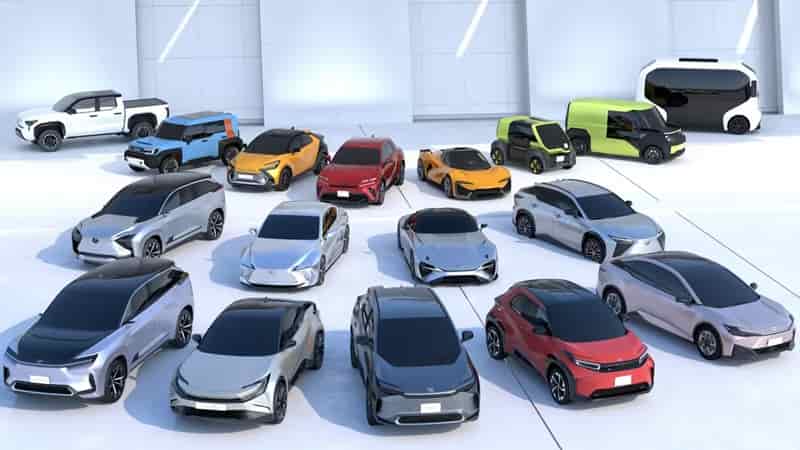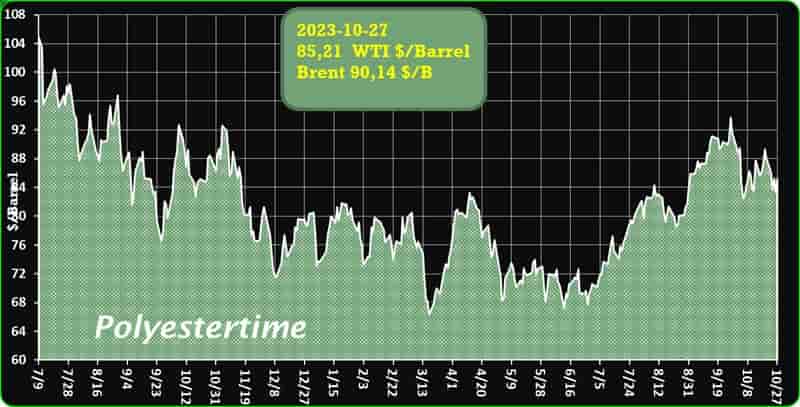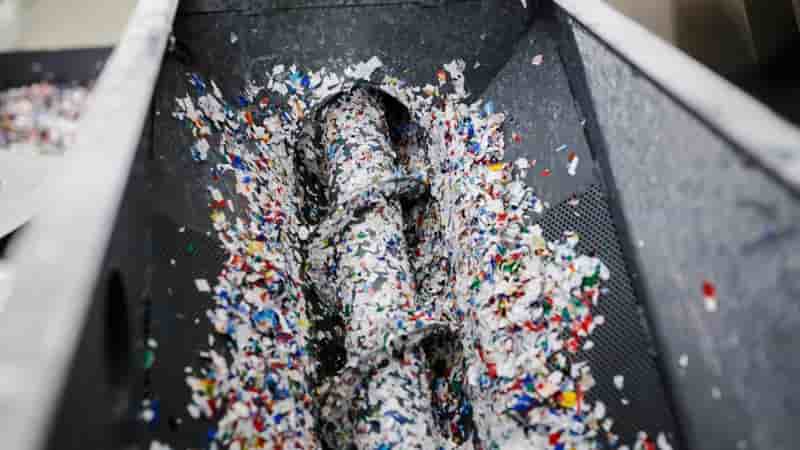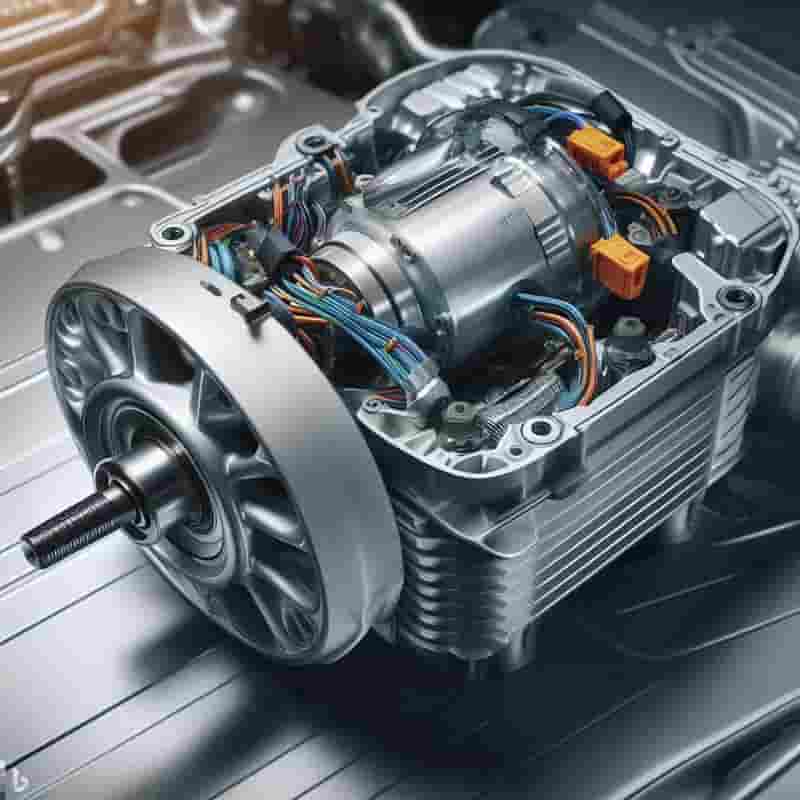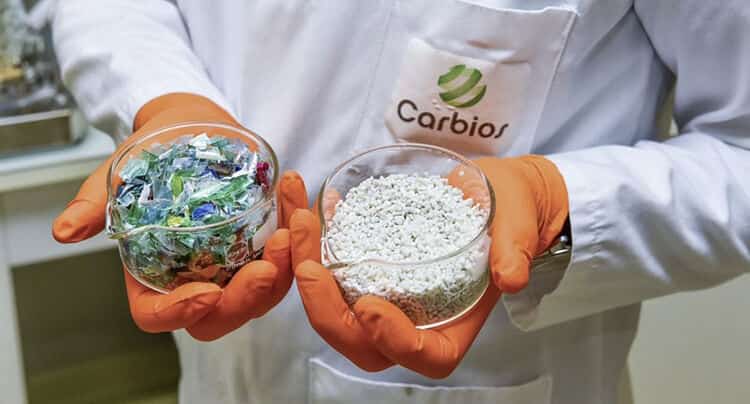India is likely to overtake Japan and Germany to become the world’s third-largest economy by 2030 as its gross domestic product (GDP) is expected to touch $ 7.3 trillion, S&P Global Market Intelligence says in its latest PMI issue.
Currently, India is the 5th largest economy in the world at $3.7 trillion worth of GDP in 2023-24. It replaced the U.K. as the 5th biggest economy in 2022. After two years of rapid economic growth in 2021 and 2022, the Indian economy has continued to show sustained strong growth during the 2023 calendar year, S&P says. Enzyme biorecycling
“India’s nominal GDP measured in USD terms is forecast to rise from USD 3.5 trillion in 2022 to USD 7.3 trillion by 2030. This rapid pace of economic expansion would result in the size of the Indian GDP exceeding the Japanese GDP by 2030, making India the second largest economy in the Asia-Pacific region. By 2022, the size of Indian GDP had already become larger than the GDP of the UK and also France.

Valgroup expands its operations in the Italian PET preform market with the acquisition of Garda Plast Group
Valgroup, one of the largest producers, transformers and recyclers of plastic packaging, announces the acquisition of Garda Plast Group (GP Group), formed through the aggregation – led by Progressio SGR – between Garda Plast S.p.A., based in Polpenazze del Garda (BS), and IFAP S.p.A., based in Palmanova (UD). GP Group is specialized in the production of PET and rPET preforms. Enzyme biorecycling
This business expansion consolidates the company’s presence in Italy, strengthening relations with suppliers and enabling it to support regional customers more comprehensively.
Massimo Cutolo, President and CEO of Garda Plast, comments: “During these years of partnership with Progressio, the management team has achieved significant milestones. We dare say that our Group is now an excellence in the industry, important goals has been achieved and many others will be achieved.” Enzyme biorecycling
Alessandro Petraccia, Senior Partner at Progressio, says: “We are proud to have supported Massimo and the management team of the GP Group in this journey. The company has embarked on a virtuous growth path, entering new markets, developing new value-added business lines, investing in technology, digitalization, and sustainability. Special thanks go to our partners, Pietro Bruseschi, Marco Bruseschi, Amos Tonoli, and Luca Tonoli, who, not only for their significant contribution to the business, but also because they have been great companions in this journey.”
Luigi Geronimi, Founder of Valgroup, says: “With the acquisition of the Garda Plast Group, we further consolidate our position in the Italian market, creating a hub of innovation and excellence in the PET and rPET preform sector for the beverage, detergent and dairy industries.”
The two new plants acquired by Valgroup in Italy are in addition to five other PET preform manufacturing units: one in San Jose, Uruguay, another three in Brazil, in the cities of Duque de Caxias (RJ), Ipojuca (PE) and Betim (MG), as well as the unit located in Villa Lempa, Italy, acquired at the end of 2022. Enzyme biorecycling
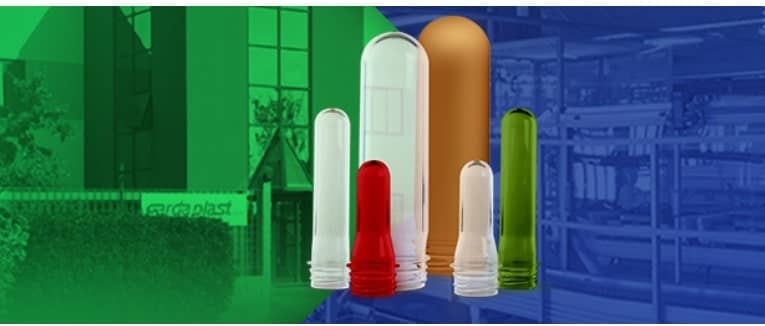
What’s the deal on chemical recycling?
A major point of debate in Europe today is the status of chemical recycling. Mark Victory of ICIS weighs in.
Chemical recycling and the definition of recycling
Directive 2008/98/EC forms the basis of the majority of EU recycling legislation definitions, defines recycling as “any recovery operation by which waste materials are reprocessed into products, materials or substances whether for the original or other purposes. It includes the reprocessing of organic material but does not include energy recovery and the reprocessing into materials that are to be used as fuels or for backfilling operations.”
This has left the legal status of chemical recycling uncertain, particularly for pyrolysis – the dominant form of chemical recycling in Europe – where mixed plastic waste is commonly converted to pyrolysis oil – a naphtha substitute – before being reprocessed into recycled materials. Enzyme biorecycling
The EU Commission stated in late 2020 that it would take a decision in 2021 on the legal status of chemical recycling based on its cradle-to-grave life-cycle impact. This decision remains yet to emerge.
Nevertheless, the proposed redraft of the Packaging and Packaging Waste Directive – which would replace transform the directive into a regulation, uses a different definition of recycling, which would clear up the ambiguity in directive 2008/98/EC
The draft legislation states that:
“The amount of packaging waste materials that have ceased to be waste as a result of a preparatory operation before being reprocessed may be counted as recycled provided that such materials are destined for subsequent reprocessing into products, materials or substances to be used for the original or other purposes. Enzyme biorecycling
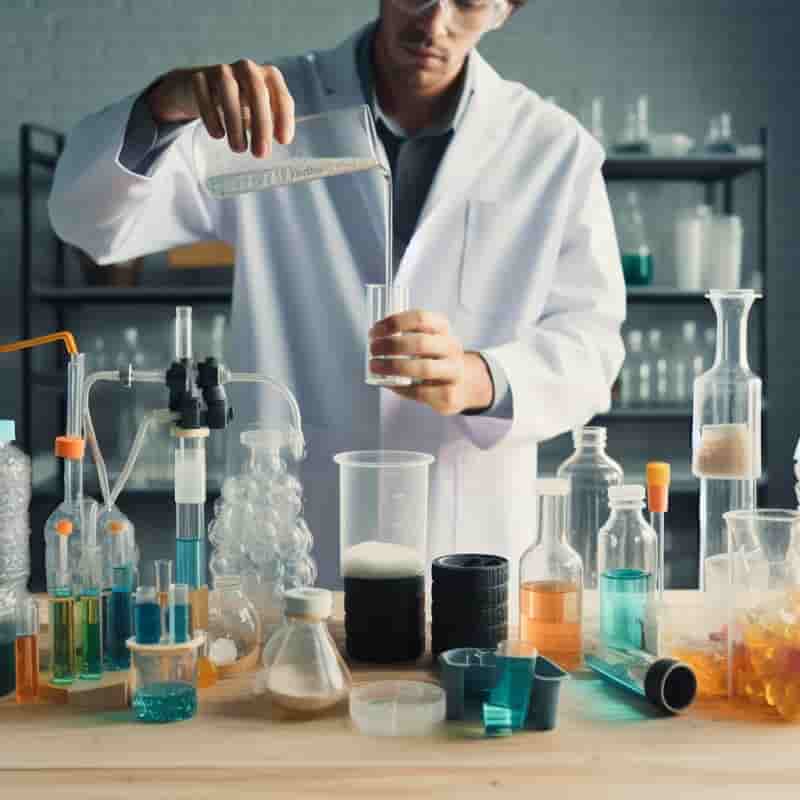
Toyota – Akio Toyoda: “People are finally opening their eyes” to electric cars
